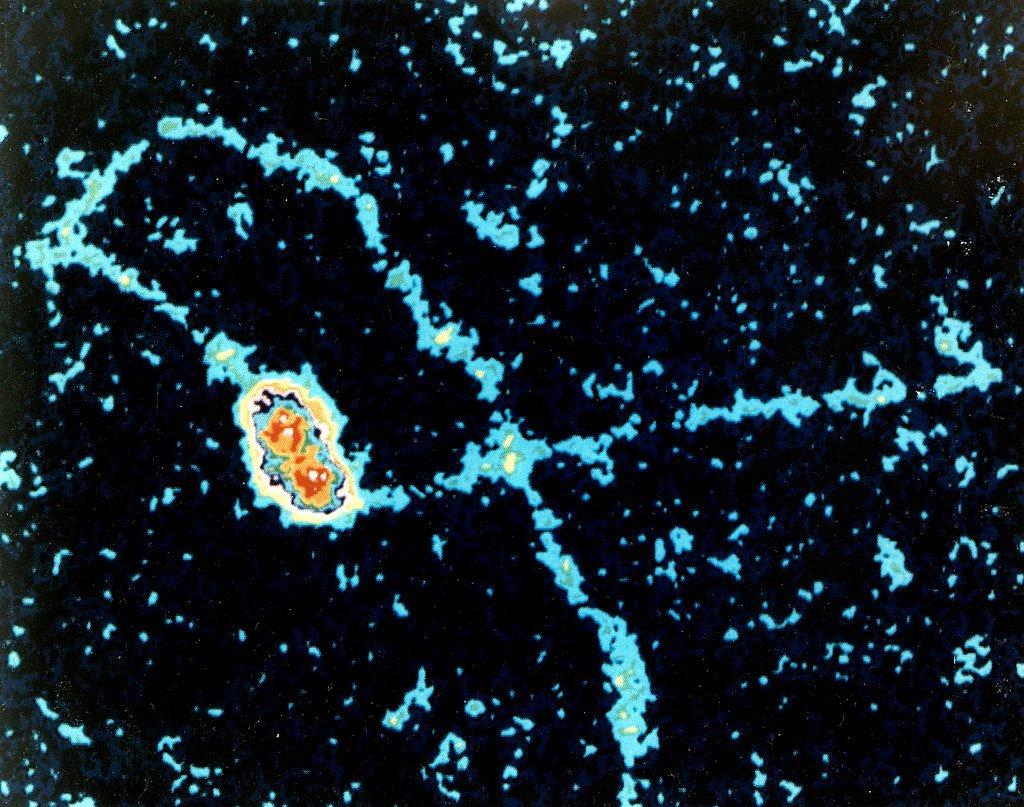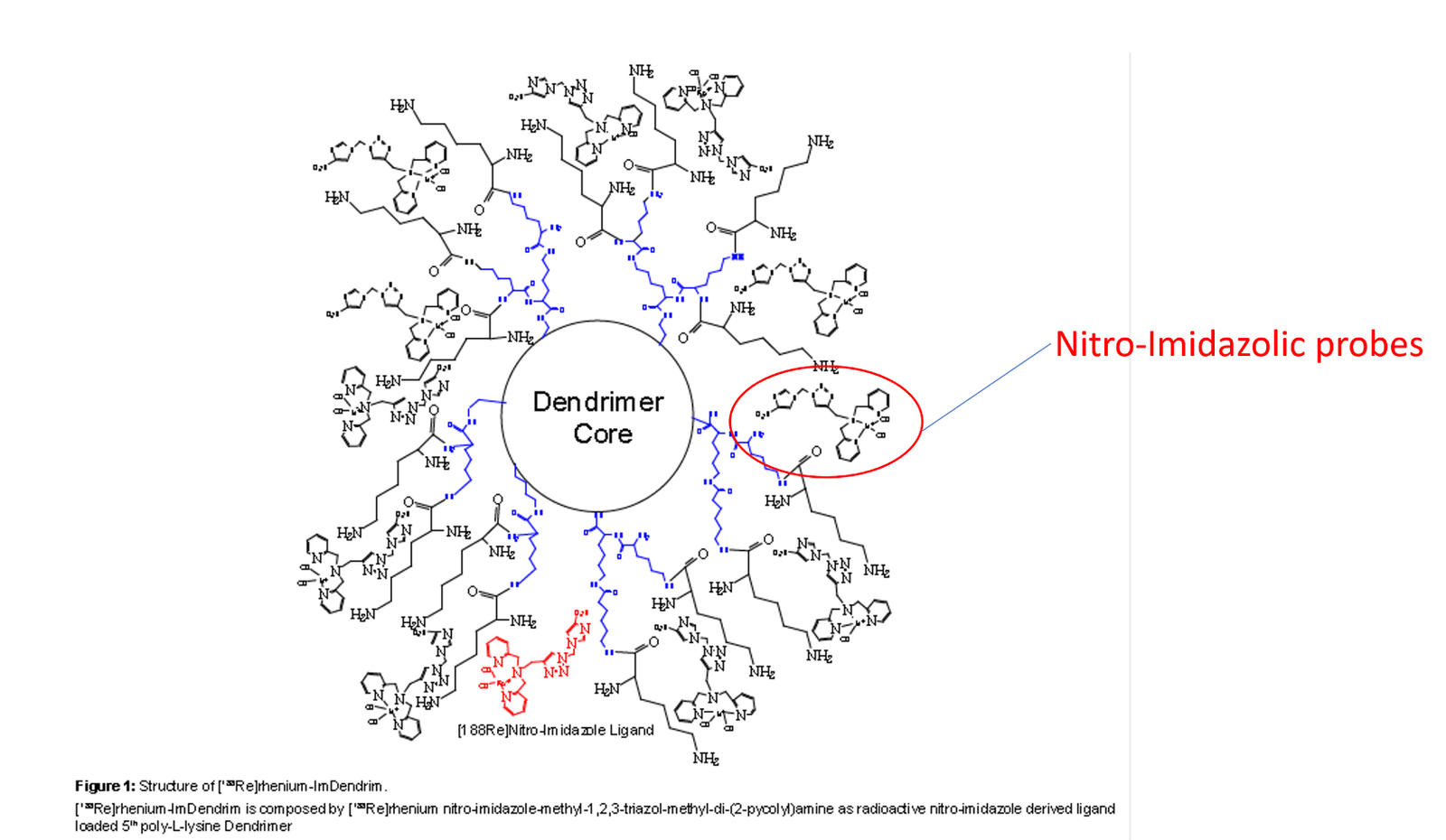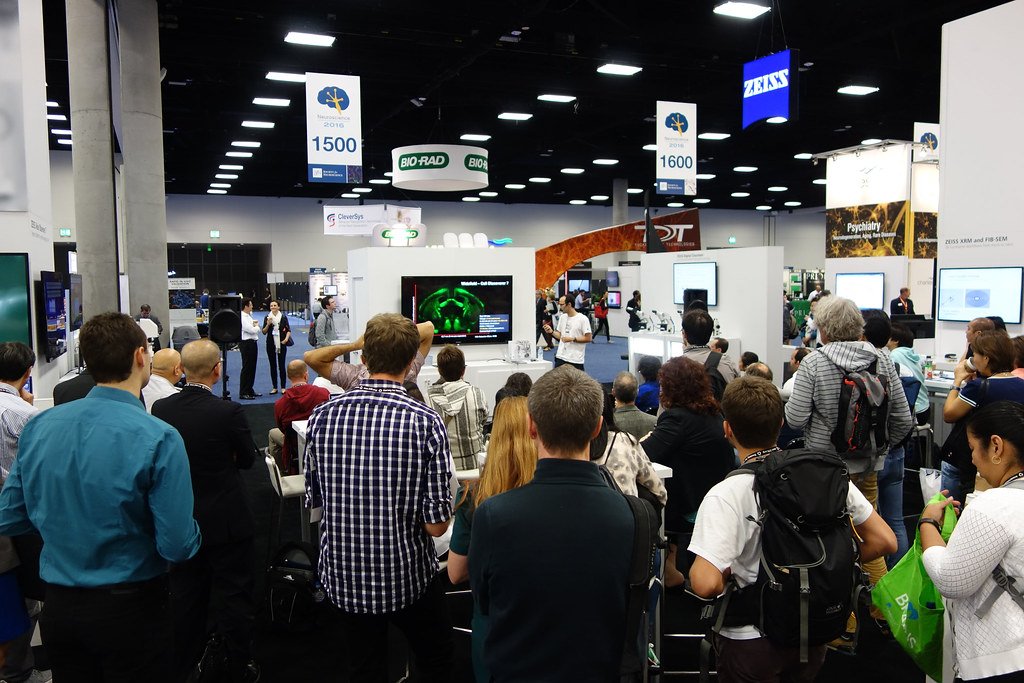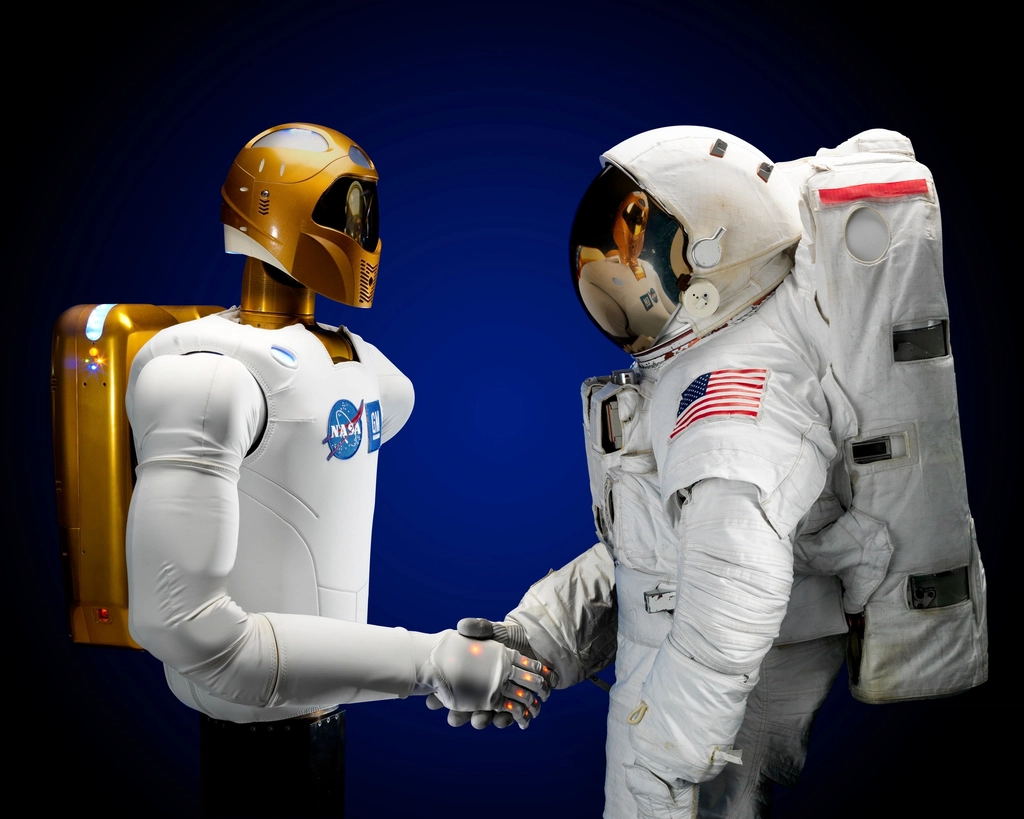Television has always had this weird power to make the impossible feel possible. One minute you’re laughing at someone in a lab coat explaining quantum mechanics with kitchen utensils, and the next minute you’re Googling whether time travel is actually feasible. It’s fascinating how fictional scientists on our screens have managed to bridge that gap between pure fantasy and legitimate scientific possibility, often predicting or explaining real breakthroughs years before they actually happened.
The Chemistry Wizardry That Actually Works

Walter White from Breaking Bad might have been cooking something illegal, but his chemistry knowledge was spot-on. The show’s creators consulted real chemists to ensure the scientific processes were accurate, and viewers actually learned legitimate chemistry principles. The thermite reaction he used to break through locks? That’s a real industrial process used in welding and demolition. His explanation of chirality in molecules wasn’t just TV magic either – it’s a fundamental concept in pharmaceutical chemistry. Many high school chemistry teachers reported using clips from the show to explain complex concepts because students finally understood them. The scary part? Everything Walter explained about chemical reactions, lab safety protocols, and molecular structures was scientifically sound.
When Sherlock Holmes Predicted Modern Forensics

Long before CSI made forensic science cool, Sherlock Holmes was using scientific methods that wouldn’t become standard police procedure for decades. His use of fingerprinting, chemical analysis of tobacco ash, and blood spatter patterns seemed like pure fiction in Arthur Conan Doyle’s time. Modern forensic experts often point to Holmes as an early inspiration for their field. The character’s deductive reasoning process, combined with scientific observation, laid the groundwork for how we approach crime scene investigation today. Even his use of magnifying glasses and attention to microscopic details predated the sophisticated equipment we use now. What seemed like fantasy detective work in the 1880s became the backbone of modern criminal justice.
The DNA Revolution Predicted by Science Fiction

Jurassic Park didn’t just give us dinosaurs – it introduced mainstream audiences to genetic engineering concepts that seemed impossible at the time. The idea of extracting DNA from ancient sources and reconstructing entire genomes was pure science fiction in 1993. Fast forward to today, and scientists are actually recovering genetic material from fossils and using CRISPR technology to edit genes with precision. While we can’t quite bring back dinosaurs yet, researchers have successfully extracted DNA from specimens over 100,000 years old. The show’s explanation of how genetic codes work and how missing sequences could be filled in with frog DNA wasn’t just creative storytelling – it predicted real techniques used in modern genetic research.
Artificial Intelligence That Saw the Future

Data from Star Trek: The Next Generation represented artificial intelligence in a way that seemed utterly impossible in the 1980s. An android that could learn, feel emotions, and make moral decisions was pure fantasy back then. Today, we’re grappling with AI systems that display surprising creativity and decision-making capabilities. Data’s quest to become more human mirrors current debates about machine consciousness and emotional AI. His positronic brain concept, while fictional, paralleled real research into neural networks and machine learning algorithms. The ethical questions the show raised about AI rights and consciousness are now serious topics in tech conferences and philosophy departments worldwide.
Medical Miracles That Became Reality

Dr. McCoy’s medical scanner from the original Star Trek seemed like pure fantasy – a handheld device that could instantly diagnose medical conditions without invasive procedures. Today, we have ultrasound devices that fit in your pocket and can transmit images to specialists anywhere in the world. Portable MRI machines, non-invasive blood glucose monitors, and diagnostic apps that can detect skin cancer from smartphone photos all echo McCoy’s futuristic medical toolkit. The show’s vision of telemedicine, where doctors could treat patients remotely, became essential during the pandemic. Even the concept of medical databases containing every known disease and treatment protocol is now a reality with electronic health records and AI diagnostic systems.
The Physics of Impossible Transportation

Star Trek’s transporter technology introduced audiences to concepts of quantum mechanics and particle physics that wouldn’t become mainstream scientific topics for decades. The idea of breaking down matter at the quantum level and reassembling it elsewhere seemed absurd in the 1960s. Today, quantum teleportation is a real phenomenon that scientists have successfully demonstrated with photons and small particles. While we’re nowhere near transporting humans, the underlying physics concepts the show explained – quantum entanglement, information transfer, and matter-energy conversion – are active areas of research. The show’s writers consulted with physicists to make sure their explanations at least sounded plausible, and many of those “impossible” concepts are now taught in graduate physics courses.
Computer Networks Before the Internet

The computer interfaces in shows like Star Trek and later, Babylon 5, predicted networked computing systems decades before the internet became commonplace. Characters could access vast databases, communicate instantly across space, and control complex systems through voice commands. The concept of a universal translator seemed like pure magic until machine learning made real-time language translation possible. These shows also predicted augmented reality displays, holographic interfaces, and AI assistants that could understand natural language commands. The idea that you could ask a computer a question in plain English and get a meaningful response was revolutionary storytelling that’s now as common as asking Siri for the weather.
Genetic Medicine and Personalized Treatment

Beverly Crusher’s medical bay in Star Trek: The Next Generation routinely performed genetic scans and tailored treatments to individual patients’ DNA. This personalized medicine approach seemed impossibly advanced in the 1980s and 90s. Today, pharmacogenomics – prescribing medications based on genetic makeup – is becoming standard practice. Doctors can now test for genetic markers that predict how patients will respond to specific drugs. Cancer treatments are increasingly personalized based on the genetic profile of tumors. The show’s vision of medicine tailored to individual biology rather than one-size-fits-all treatments has become the gold standard in modern healthcare. Even the idea of preventing diseases before symptoms appear through genetic screening was pioneered in science fiction before becoming medical reality.
Environmental Science Through Alien Worlds

Science fiction shows have long used alien planets to explore environmental concepts that seemed abstract or distant to Earth-bound audiences. The terraforming discussions in shows like Babylon 5 and later Mars chronicles introduced viewers to concepts of atmospheric engineering and ecosystem management. These fictional scenarios helped people understand climate change, carbon cycles, and the delicate balance of planetary ecosystems. Scientists working on Mars colonization projects often reference these shows because they grappled seriously with the challenges of creating livable environments on hostile worlds. The idea of using bacteria and plants to transform atmospheres, once pure fiction, is now being researched as a potential solution for both Mars exploration and Earth’s environmental challenges.
Nanotechnology Predictions That Came True

The microscopic robots in shows like Star Trek: Voyager seemed like far-fetched science fiction when they first appeared. These tiny machines could repair cellular damage, deliver targeted treatments, and even reconstruct matter at the molecular level. Today, nanotechnology is revolutionizing medicine with drug delivery systems that can target specific cells and tissues. Researchers are developing nanorobots for cancer treatment that can seek out and destroy tumor cells while leaving healthy tissue untouched. The concept of programmable matter – materials that can change their properties on command – is moving from laboratory experiments to practical applications. What seemed like impossible miniaturization in the 1990s is now a multi-billion dollar industry.
Space Exploration Technology That Inspired Reality

The ion drives and advanced propulsion systems depicted in various science fiction shows provided blueprints for real space technology development. NASA engineers have often cited science fiction as inspiration for solving practical problems in space exploration. The concept of solar sails, gravity assists, and ion propulsion all appeared in fictional contexts before becoming standard space technology. Shows like Babylon 5 accurately portrayed the physics of space stations, artificial gravity through rotation, and the challenges of long-term space habitation. Many current International Space Station procedures and Mars mission planning directly reflect solutions first explored in science fiction. The collaborative international space programs we see today mirror the fictional space alliances portrayed in shows from decades past.
Communication Technology Beyond Imagination

The communicators in Star Trek predicted not just cell phones, but the entire concept of instant global communication. The universal translators suggested machine learning capabilities that seemed impossible in the 1960s but are now standard smartphone features. Video calling, once pure science fiction, became essential during recent global events. The idea of accessing any information instantly through voice commands evolved from fictional computer interfaces to real AI assistants. Social networks, global positioning systems, and augmented reality displays all appeared in science fiction before becoming everyday technology. Even the concept of digital currency and blockchain technology was explored in cyberpunk shows years before Bitcoin existed.
Biotechnology and Human Enhancement

The genetic modifications and human enhancements depicted in shows like Star Trek and later, more complex series, introduced audiences to concepts of biotechnology that seemed impossibly advanced. Gene therapy, once pure fiction, is now treating previously incurable diseases. The idea of enhancing human capabilities through biological modifications is being researched in laboratories worldwide. Prosthetics controlled by thought, once the realm of science fiction, are now helping amputees regain functionality. The ethical questions these shows raised about human enhancement are now real debates in bioethics committees. Brain-computer interfaces, artificial organs, and genetic treatments for aging all appeared in fictional contexts before becoming legitimate research fields.
Energy Solutions From Tomorrow

Fusion power, solar collection systems, and exotic energy sources featured in science fiction shows provided roadmaps for real energy research. The dilithium crystals and matter-antimatter reactions might remain fictional, but they sparked interest in alternative energy sources. Fusion research programs often reference the clean, abundant energy depicted in these shows as their ultimate goal. Solar power satellites, first imagined in science fiction, are now being seriously considered by space agencies. The concept of wireless power transmission and energy storage systems all appeared in fictional contexts before becoming engineering challenges. These shows helped popularize the idea that energy scarcity wasn’t inevitable – it was a problem to be solved through scientific innovation.
Weather Control and Climate Engineering

The weather modification technologies shown in various science fiction series seemed like godlike powers when they first appeared on screen. Today, cloud seeding is a routine practice, and scientists are seriously researching atmospheric engineering as a response to climate change. The idea of controlling hurricanes, redirecting storms, or modifying planetary climates appeared in fiction decades before becoming legitimate scientific proposals. Geoengineering projects that once seemed like fantasy are now being tested in controlled environments. The environmental consequences and ethical implications of weather control, explored thoroughly in science fiction, are now central to climate science discussions. These shows helped audiences understand that human activity could influence weather patterns long before climate change became a household term.
The Psychology of Future Societies

Science fiction shows didn’t just predict technology – they explored how advanced societies might organize themselves psychologically and socially. The counselor roles in Star Trek predicted the integration of mental health professionals into all aspects of life. Virtual reality therapy, depicted in various shows, is now a real treatment modality for PTSD and phobias. The concept of using technology to enhance human cognitive abilities and treat mental illness appeared in fiction before becoming neuroscience research goals. Brain scanning technology that could detect lies or read thoughts seemed like fantasy but is now being developed for medical and security applications. The ethical frameworks these shows established for dealing with artificial intelligence and human enhancement are being referenced in real policy discussions.
Robotics That Changed Everything

The robots and androids in science fiction television provided blueprints for real robotics development that engineers are still following today. From industrial automation to personal assistance robots, the fictional portrayals established expectations and design goals for real technology. The concept of robots that could learn, adapt, and work alongside humans was pure fantasy until machine learning made it possible. Surgical robots, disaster response units, and autonomous vehicles all echo the capabilities shown in science fiction decades ago. The Three Laws of Robotics, while fictional, became the foundation for real discussions about AI safety and robot ethics. Modern robotics conferences regularly reference fictional robots as examples of what the technology should aspire to achieve.
The line between science fiction and scientific reality has always been thinner than we imagined. These TV scientists didn’t just entertain us – they planted seeds of possibility that grew into real innovations. They made complex scientific concepts accessible to millions of people and inspired countless researchers to pursue seemingly impossible goals. What seemed like fantasy yesterday is today’s breakthrough, and tomorrow’s science fiction might just be next year’s reality. Makes you wonder what current “impossible” TV science might actually be predicting our future, doesn’t it?




